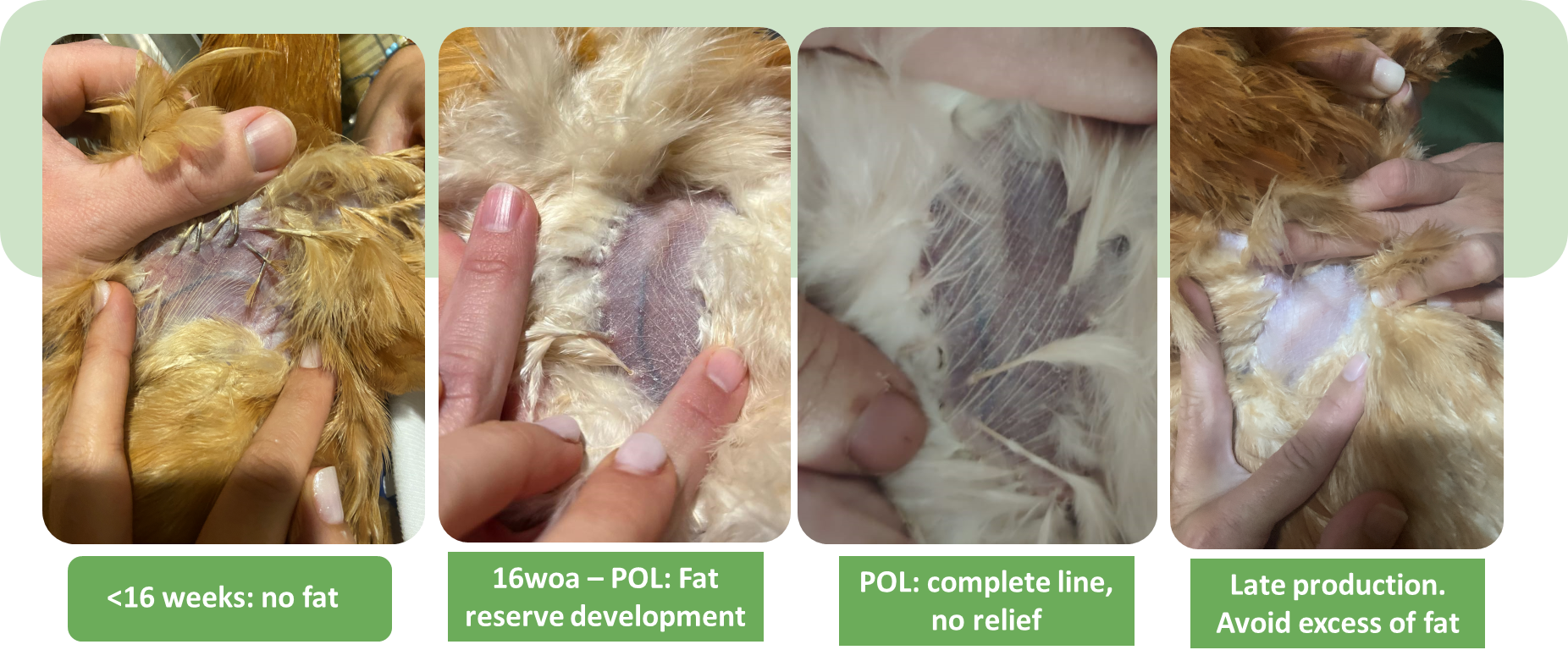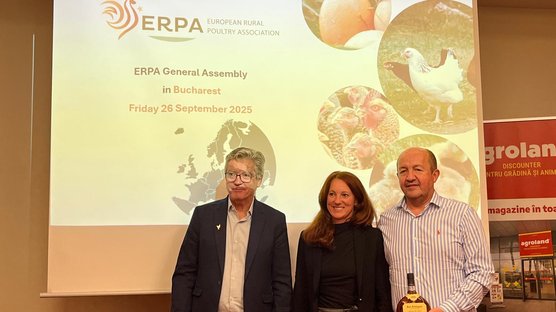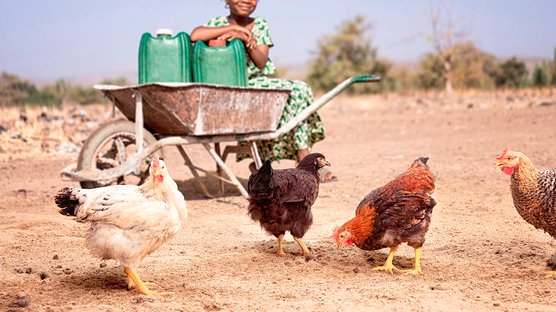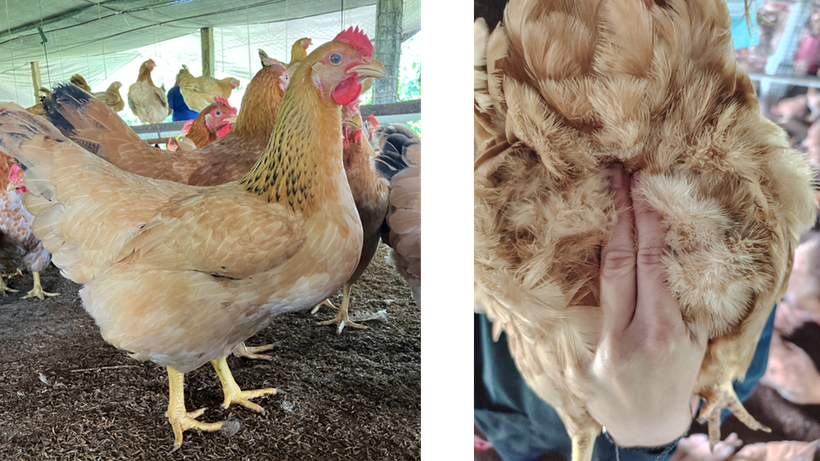
Published on Oct. 28, 2025
Understanding Sexual Maturity in Layers: Physiology, Management, and Impact on total hatching eggs per hen house (HE/HH)
Sexual maturity in female breeders is a critical milestone that directly influences flock performance, egg quality, and long-term productivity. Achieving optimal sexual development requires a fine balance of physiological readiness, environmental cues, and precise management. This article outlines the key physiological processes, indicators, and management strategies that support healthy sexual maturation and optimal egg utilization.
1. The Physiology of Sexual Maturity
From hatch to point of lay (POL), a hen undergoes complex physiological changes. The reproductive system begins developing around 16 weeks of age, when [AM1] bodyweight and fat reserves are on target. The ovary and oviduct grow rapidly, preparing the bird for egg production.
If bird condition is optimal, in terms of bodyweight and fat reserves and we provide enough energy and nutrients to support the sexual organs development, the reproductive system will start growing. This development is lead by hormones that are also influenced by photoperiod. Once daylight increases more than 11-12 hours the melatonin production is less and it allows the Hipothalamus-pituitary-gonads axis start producing hormones. The article below will give you more information on that: https://www.sciencedirect.com/science/article/pii/S003257911932468X?via%3Dihub
2. Identifying Sexual Maturity
Sexual maturity appears when oestrogens are released and can be assessed through secondary sexual characteristics:
- Comb and wattles: Enlarged and reddened.
- Pin bone spacing: Directly related to oestrogens, the space increases as the ovary and oviduct develops.
- Fat reserves: Start to be visible from 16 weeks if the development is on target (not in advanced or delayed). Progressive acummulation will take place from 16 weeks until the point of lay (POL). As we said before, to become mature or start laying eggs the birds need to have enough fat reserve and not too much to avoid the early onset of lay.
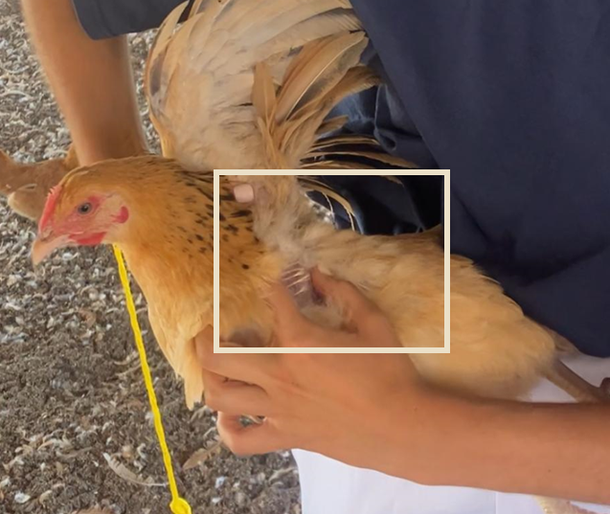
How to find the "fat vein"?
Uniformity in these traits across the flock is essential for synchronized onset of lay which will avoid double yolks and shell quality problems due to overstimulation, small eggs for the non mature ones, prolapses... And all of this will result in higher number of HE/HH at the end.
3. Key Management Factors
Achieving optimal sexual maturity requires careful control of:
Lighting
- Photostimulation (11–12h light) initiates hormonal cascades.
- In dark houses, light hours and intensity can be adjusted to delay or synchronize maturity.
Bodyweight & Composition
- Target bodyweight at 5 weeks is crucial for long-term development.
- Overweight or birds fatter than the recommended during rearing must be drive back to the standard BW and fat reserves. We can control it until 16 weeks, after that, holding or restricting too much will lead to poorer production as we will be damaging the reproductive system development by reducing the energy given.
- Uniformity (>80%) in bodyweight and body condition ensures consistent flock response to stimulation.
Feeding Strategy
- Avoid overstimulation: excessive follicle development can lead to double yolks, poor shell quality, and erratic laying.
- The results in production are always built in rearing, that’s why, when the birds need less energy (10-16 weeks) is when we can better control the maturity and the BW. During this period birds need less energy but we need to ensure we give the minimum amount of aminoacids.
- It’s key to provide the proper feeders and drinkers density to avoid competitiveness and stress at feeding time to ensure good uniformity.
- After 16 weeks, feed should be gradually increased to support reproductive development.
Conclusion
Sexual maturity is not just a biological milestone, it’s a management objective. If we don’t pay attention to the sexual maturity characteristics and uniformity during rearing and our flock starts producing early, it will result on more eggs rejected at the begining, early peak of production and suboptimal % of utilization. Success depends on:
- Early growth and uniformity
- Timely and appropriate photostimulation
- Balanced body composition
- Continuous monitoring and adaptation to each flock situacion.
Each flock is unique. Understanding the physiological underpinnings and applying tailored management strategies is key to unlocking their full laying potential.
